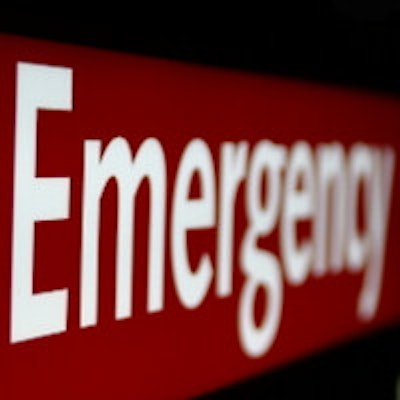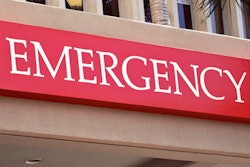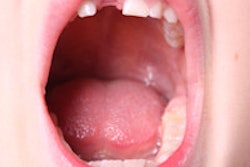
The American Dental Education Association (ADEA) released a policy brief in late April detailing the state of the dental safety net in the U.S. The paper highlights access-to-care issues, perhaps contributing to the 16% increase in the number of emergency room visits for dental-related problems from 2006 to 2009.
The policy brief summarized some of the findings of a March 2015 ADEA white paper, "Examining America's Dental Safety Net." The dental safety net consists of providers who care for those without access to dental care, such as the uninsured, underinsured, and those who lack financial resources. This includes people without private insurance and those who are unable to pay for services out of pocket.
“The need for dental care in the United States is not debatable. It is well-documented that vulnerable and underserved populations ... face substantial barriers to accessing dental care.”
More than 108 million Americans rely on dental safety-net providers, including American dental institutions (ADIs), government programs, and free clinics. Low-income individuals, Hispanic and non-Hispanic black children, and seniors especially rely on these providers, according to the report.
"The need for dental care in the United States is not debatable," the ADEA policy brief stated. "It is well documented that vulnerable and underserved populations ... face substantial barriers to accessing dental care."
While hospital emergency departments (EDs) are part of the dental safety net, they are often referred to as a "last resort" provider, according to the white paper. However, between 2006 and 2009, the number of ED visits jumped from 874,000 to more than 936,000, a 16% increase, according to a 2011 report by the Institutes of Medicine.
"Low-income populations who lack access to dental care often default to EDs for these services," the paper stated. "Yet EDs are generally not equipped to offer treatment for oral health conditions since they usually do not have dental providers on staff and lack the dental equipment and technology required for treatment."
The white paper details other components of the dental safety net that may be better equipped to handle and even prevent common oral diseases than last resort options. The ADEA's policy brief specifically focuses on the importance of ADIs as providers of services for in-need populations.
ADIs play a distinct, collaborative role
American dental institutions, another name for U.S. dental schools and programs, are one of the members of the dental safety net. The ADEA white paper notes that all 65 U.S. dental schools are members of the association, whose mission includes delivering and ensuring access to dental care.
"All ADIs are at the center of the delivery of dental care to the economically disadvantaged, the elderly, the uninsured, underinsured, and those residing in rural or urban oral health deserts," the paper stated.
Because ADIs have clinics on or off campus, dental students can provide care to those in need under the supervision of faculty and residents. The U.S. schools are also finding alternative methods to prevent and treat oral diseases, including the following:
- Running free mobile dental clinics
- Offering comprehensive dental services to the homeless
- Providing onsite dental services to schools, Head Start programs, adult day activity centers, community residences, and sheltered workshops
- Enabling hygienists to travel for oral health education, dental screenings, fluoride applications, and dental sealants
- Educating the public about tobacco use and oral cancer prevention
Dental institutions in particular work with other members of the dental safety to accomplish mutual goals. For example, they serve as one of the larger Medicaid and State Children's Health Insurance Programs (SCHIP) providers within each state, according to the policy brief. Members of ADIs also volunteer at or offer services with other safety-net providers, such as free dental clinics.
All aspects of the dental safety net are important
In addition to ADIs, government services, free clinics, and hospital emergency departments work to provide care for those in need.
"On the state government level, states are required to provide dental services to low-income children covered by Medicaid and SCHIP," the white paper stated. "Various state-supported models of delivery of dental care contribute to the dental safety net, providing services, coordinating dental care, and promoting oral health and education."
The government safety net includes health centers, federally qualified health centers, health programs operated by tribal organizations, school-based health centers (SBHCs), and rural health clinics. These safety-net providers aim to provide care where ADIs and private dentists often are not located, and some provide preventative services that help avert caries advancing to the point where a visit to the emergency room would be necessary.
 Data courtesy of the ADEA.
Data courtesy of the ADEA.The white paper and policy brief both concluded with a question appealing to readers' pathos: Are we willing to do more? The authors call on policymakers and the public to think of additional and better ways dental safety-net providers can stop the "silent epidemic" of oral diseases in the U.S.
"The patchwork of academic dental institutions, state government entities, and hospitals that comprise the dental safety net are working to help meet the need across the nation," the white paper concluded. "As a nation, we must ask ourselves: Are we ready to do more? Over 108 million Americans in need of dental care are awaiting our response."



















